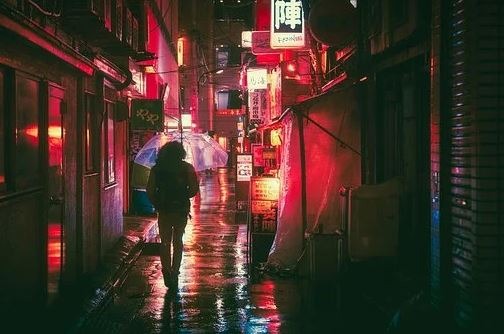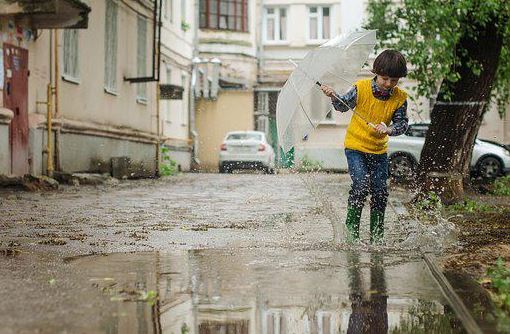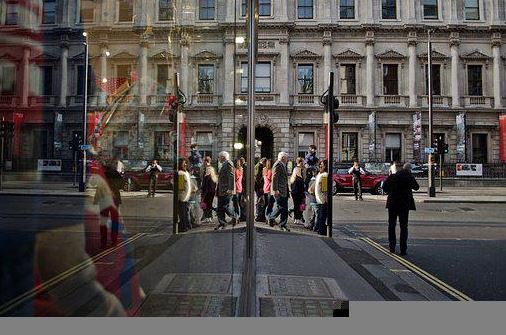One of the most difficult but also one of the most satisfying types of photography is street photography. Documenting people in their daily lives is difficult; it takes patience, hard work, and sometimes even guts to approach and shoot complete strangers.
Typically, street photography is about capturing life in public places in a candid manner. Despite its name, street photography is not limited to the streets. Street photography can be done everywhere.
How to get started documenting people on the street?
All you need to get started with street photography is a camera (any modern camera, including a smartphone) and a public location to capture. Start with a crowded area to see if you can find something or someone noteworthy. Observe people’s behavior and looks with the goal of presenting the audience with a clearly defined subject. Keep an eye out for patterns, textures, and lines, and always try to use available light to bring your subject(s) to life. To position your subject, follow compositional guidelines, and keep an eye out for distractions that can divert the viewer’s focus.
A well-defined subject is required for an excellent street photograph. All of the laws of composition, such as the rule of thirds, leading lines, use of negative space, symmetry, frames, and so on, still apply. Make an attempt to tell a tale using your photographs. Create images that cause the spectator to pause and wonder.
Practical Tips for Making Money with Street Photography
1. Organizing workshops on street photography
Teaching is the most important field for photographic enterprise since there is a large market for teaching people how to take better photographs. This necessitates a wealth of expertise to offer and genuinely provide some useful information on street photography. The topics covered in these online classes are primarily theoretical, such as composition, gear, and general photography suggestions.
Teaching travel street photography seminars is another type of a workshop. That means holding a week-long street photography class in a fascinating or exotic location (Tokyo, New York City, Hanoi) — offering photographers the opportunity to travel, have an unforgettable experience, and, of course, enhance their street photography. Giving seminars has become the newest way to generate money with Street Photography. However, the teacher must have a strong eye for street photography because you never know what will happen on the street, and even if the weather isn’t cooperating, you must be able to adapt and push the students to produce amazing images.
2. Work for hire
For commercial projects, you can use a’street photography aesthetic.’ I notice a lot of’ street style’ images being shot for fashion publications, lifestyle magazines, and product firms, for example.
A great deal of work that was done in a clean studio in the past has been shifted to the street. Consider Street Fashion shots or sportswear, both of which stress the “urban” element. Although not candid, this style may be a good fit for your natural street photography style. For reference have a look at the campaigns of “Ivy park” or the Nike commercial shoot by Boogie.
Both photos have an urban feel to them, and if you’re already a seasoned street photographer, shifting to commercial shoots shouldn’t be too difficult, and it’s a great way to supplement your income.
3. Brand Advocate
Again, this isn’t a reflection of the quality of your photos, but rather of the influence you have through social media followers or blog views. Another way to supplement your income is to advertise specific brands, cameras, or lenses. Although most firms would rather sponsor your gear than give you money, this can be an opportunity to test new cameras before they are released to the general public.
The important objective here should be to be honest with yourself and your audience. Sponsored photographs or posts should be clearly labeled as such, and you should only promote gear that you truly believe in.
For this type of employment, trust is the most valuable commodity, and if you’re dishonest and advertise equipment that you wouldn’t use yourself, you risk losing a lot of it.
4. Blog about photography
Having a dedicated domain or blog and frequently updating it with fresh work not only adds value to your portfolio, but it’s also a great method to advertise yourself and earn money passively.
A photography blog can sometimes earn money as a company, with some allowing remuneration based on website traffic and follower counts. Sponsored and affiliate links are also effective.
5. Direct Marketing
When taking a photograph in a public place, the strangers who are photographed are frequently told in advance or subsequently about the photograph taken and asked for approval to avoid legal and copyright difficulties. This work can be monetized by selling it to them or giving it away for free in exchange for some advertising through their connections.
Freelancing for local independent businesses or businesses that require advertising works, such as artwork for your portfolio and as a promotional step for them. Joining freelancer websites is another option, however it might be time consuming depending on the work.
Dealing with local small-scale retailers, local periodicals and fashion publications, and media outlets expands the photographer’s portfolio and improves his or her knowledge and talents.
6. Cinemagraphs, personal projects, and gallery shows
Organizing trips to capture candid moments from a specific area or street photography during a specific event or historical scenario would be a great way to turn it into a personal project and sell it to artists who are interested in it or who would invest in the images.
This might also be an opportunity for them to show their work to the public and get the attention of those who are interested in this style. Cinemagraphs are brief videos in which the collected images are animated in a gif-like fashion. It frequently catches the attention of viewers and can be used as a marketing technique in advertising and on social media platforms.
Conclusion
The images themselves do not generate revenue in the field of street photography. High-resolution photos are more of a catalyst for the things you can sell. Turning your pastime into a profession comes with a lot of hazards. Aside from the risk of losing money, when you are under pressure to sell your work to pay the bills, you may lose interest in photography. As a result, it’s probably preferable to ease into your Street Photography business gradually.






